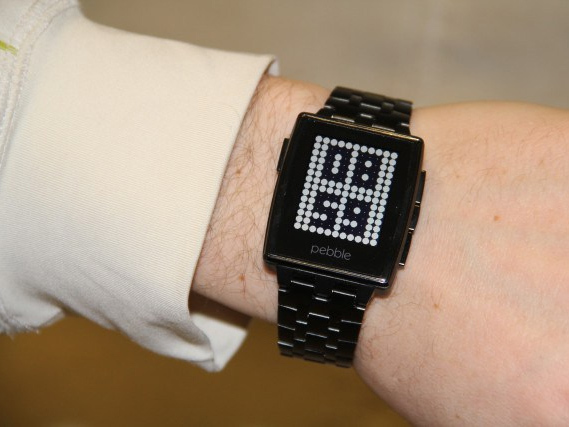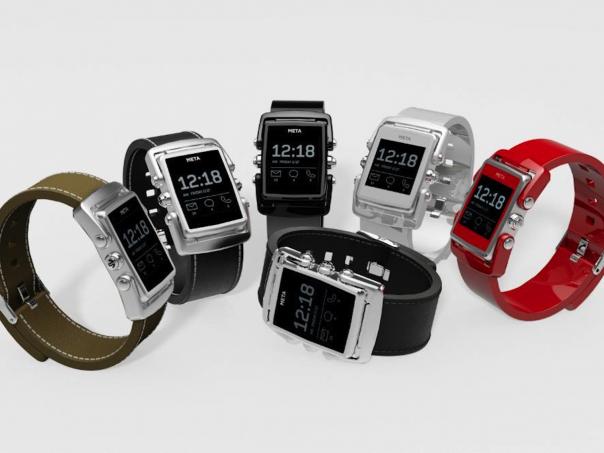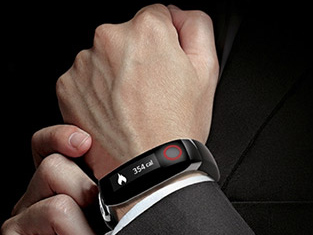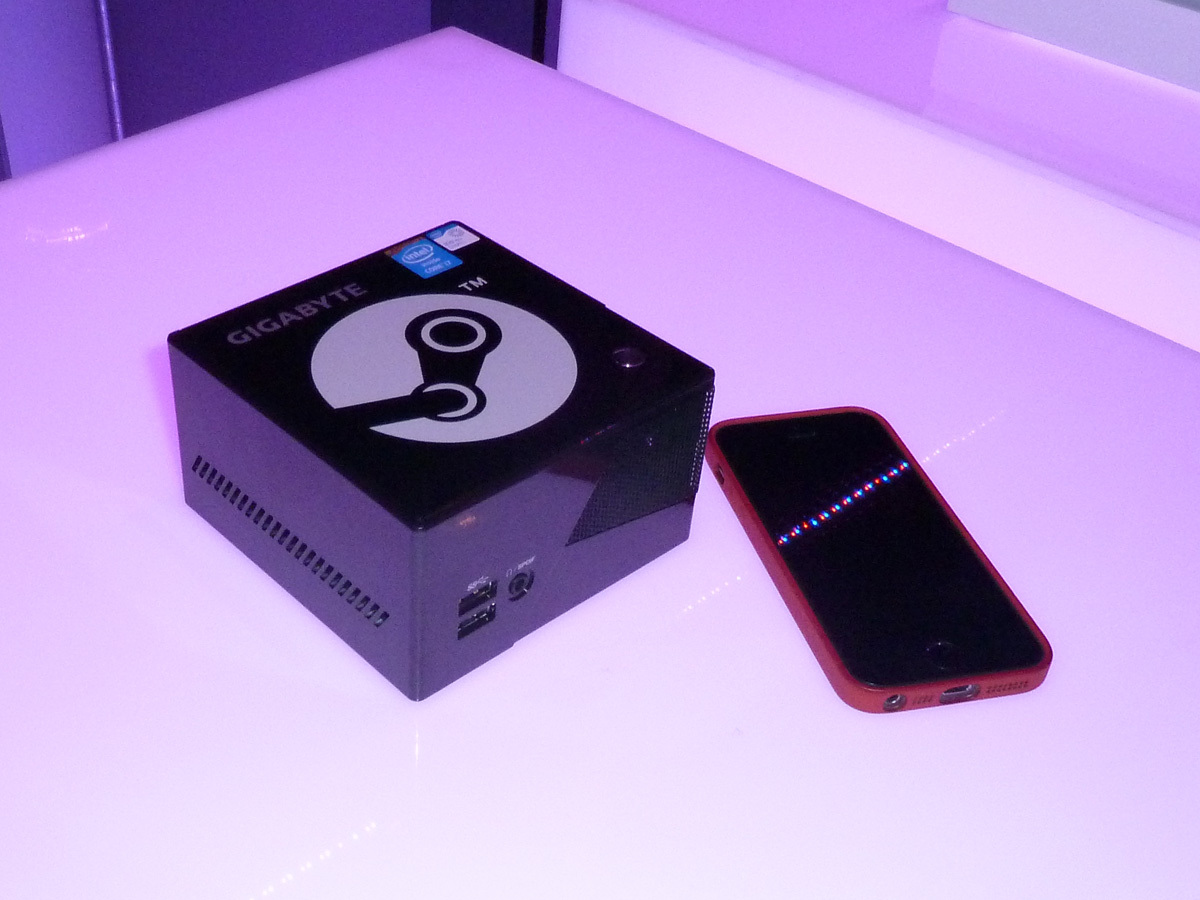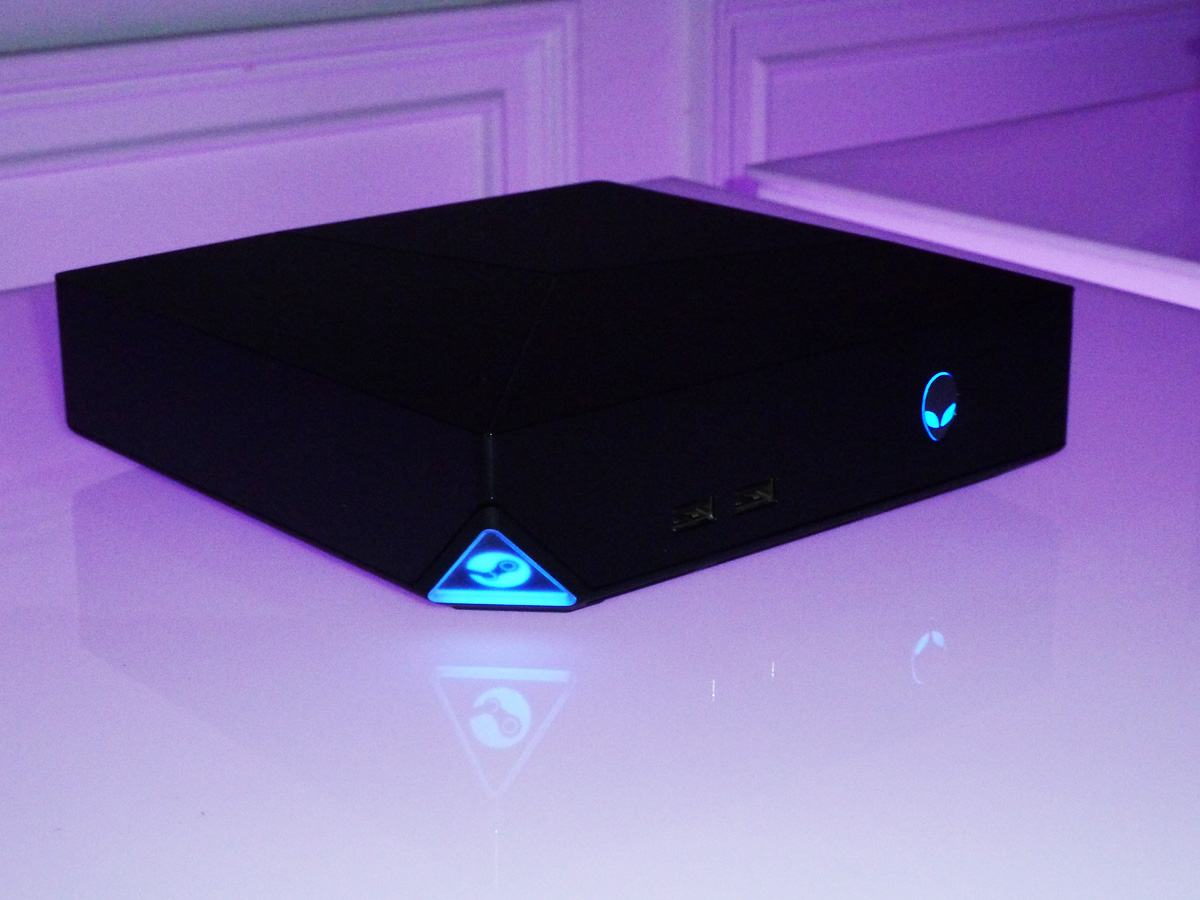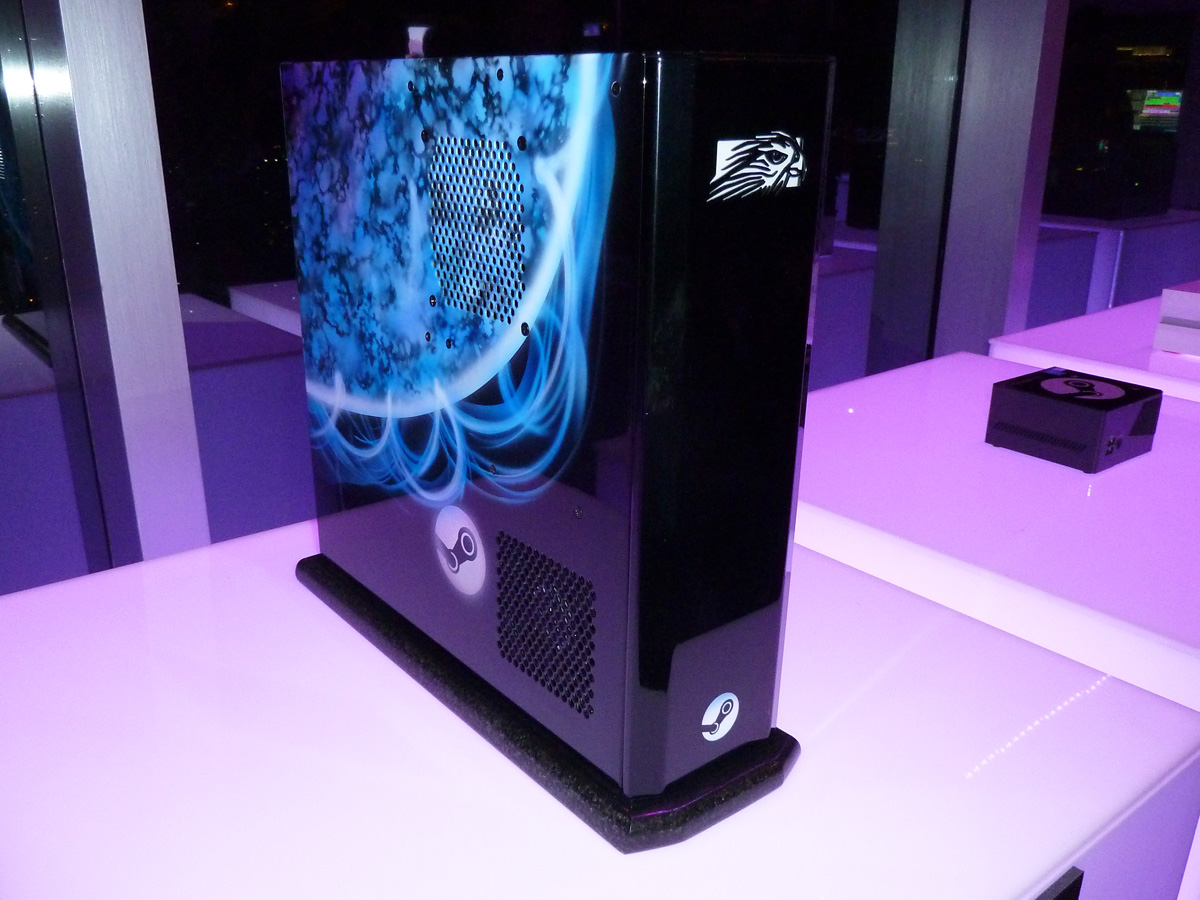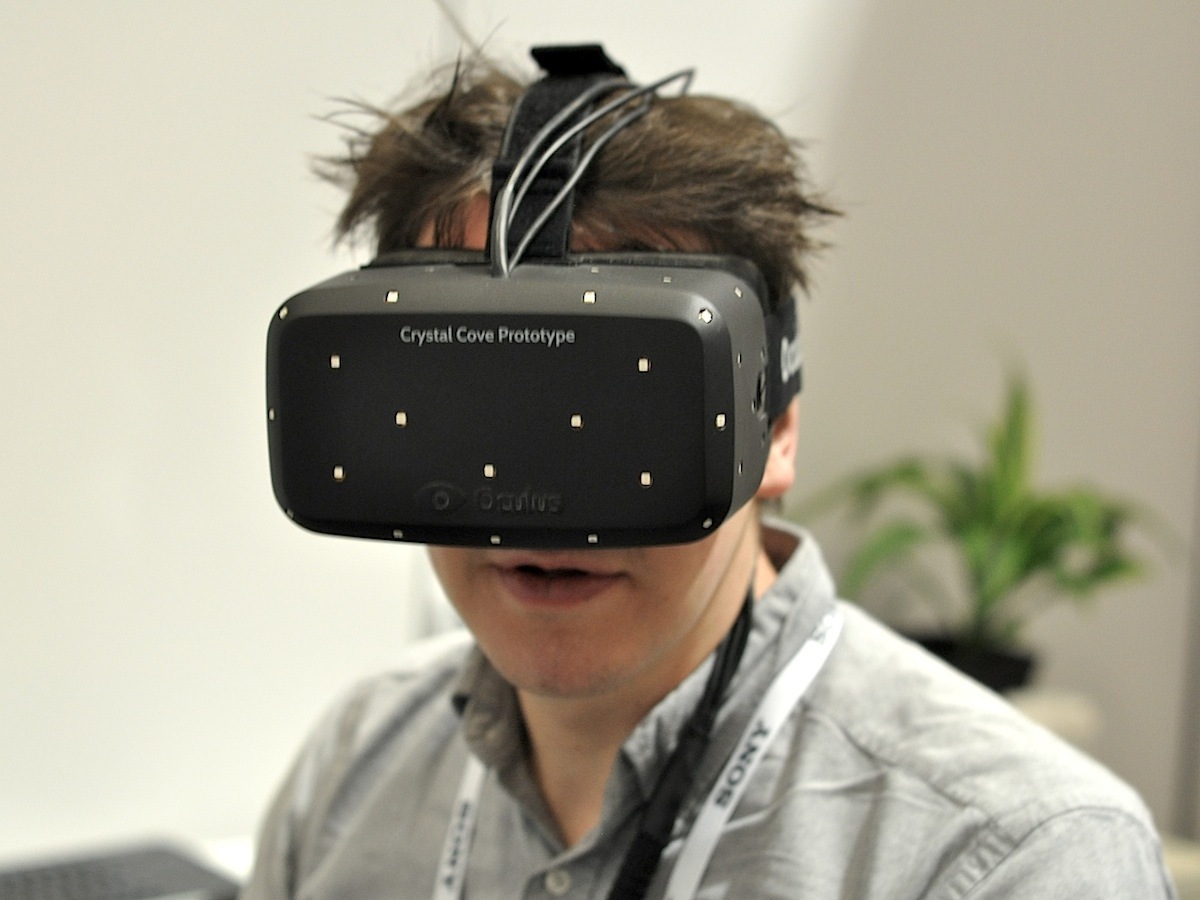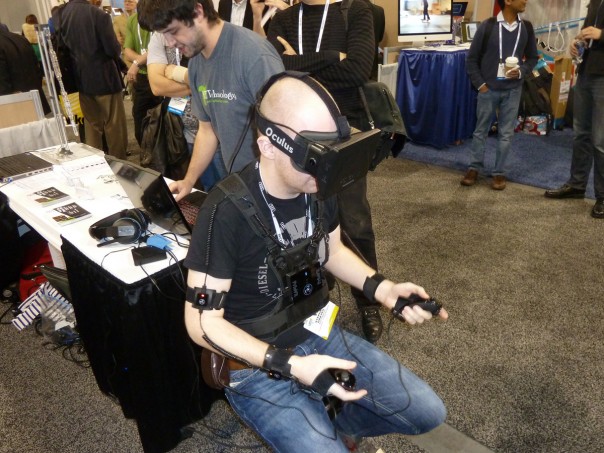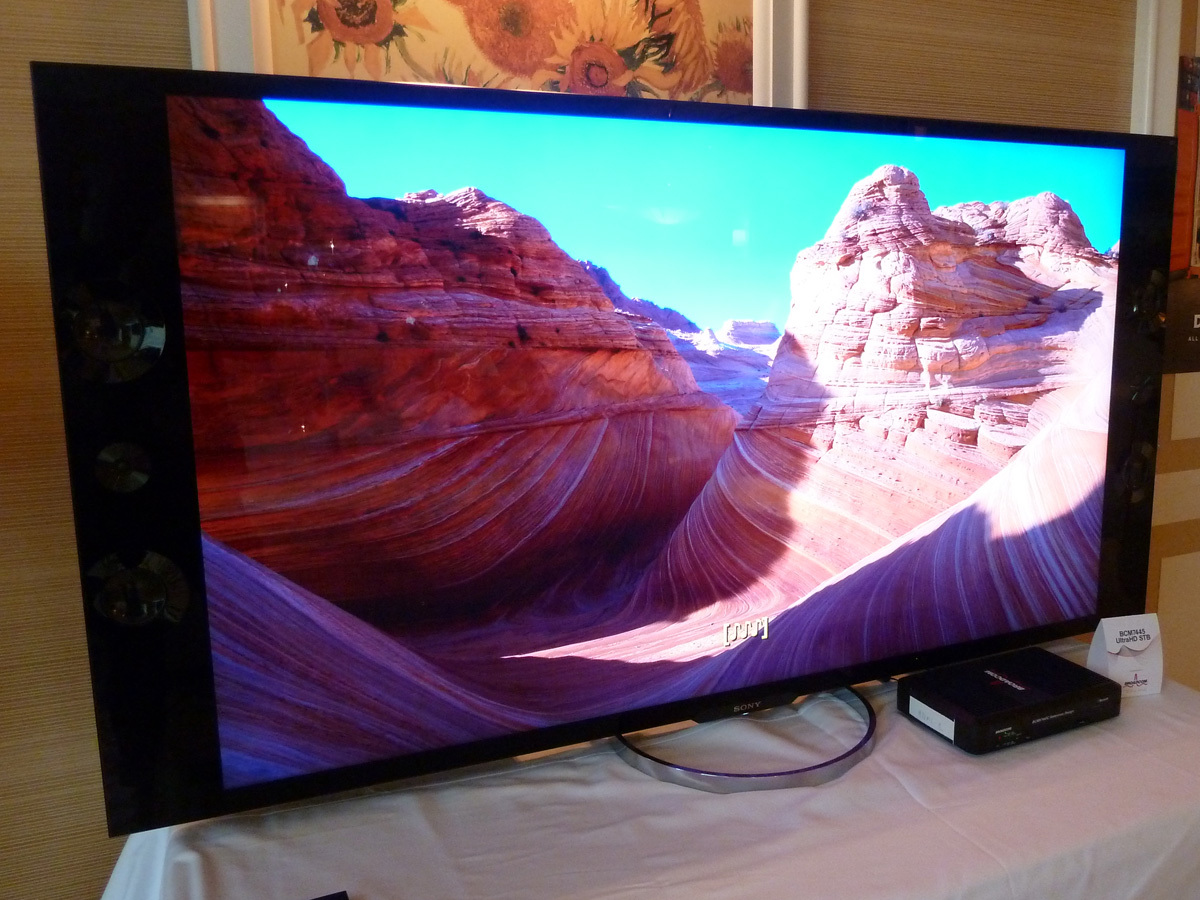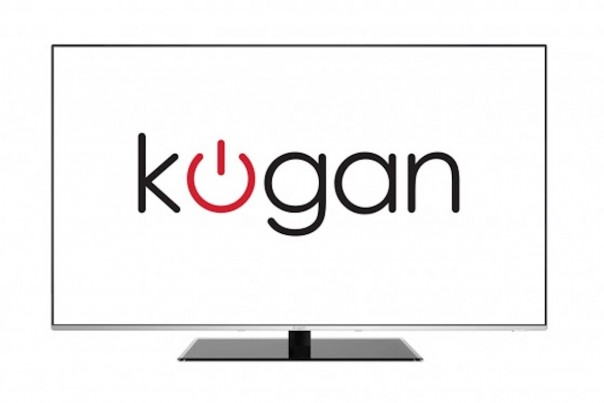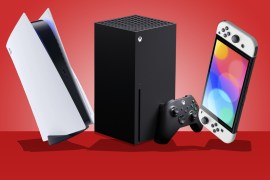CES 2014 wrap-up: Five show trends that will change your life (eventually)
Stuff's Editor in Chief Will Findlater picks out the most remarkable bits of gear on show at the world’s premier gadget fest

This year’s CES could have been the best ever. It was certainly the best I’ve been to. In amongst the smart toothbrushes and neon mega-stereos, the seeds of some thrilling new trends were sown, and products were launched that give us a good idea of the shape of stuff to come.
With CES 2014 over, the 3,200 exhibitors and 200,000+ visitors flying home and Las Vegas returning once again to its normal state as a sleepy, tech-free town (ha!), it’s high time to digest the most important themes of the show. Here goes.
Wearable tech – now something you might actually wear
The show was packed with wearables, and not just on the Google Glass-clad bloggers who filled the floor. There were wearable UV meters, smart onesies, waistbands that buzz you when you slouch and fitness bands of all colours and varieties.
It wasn’t quite the watershed moment for wearables that we were hoping for – more an illustration that everyone wants a piece of it, but no-one’s quite worked out what they need to do with it, what categories will emerge from it and what it’ll eventually do for us. Indeed, Intel launched a “Make It Wearable” competition to engage the brains of wearable tech developers worldwide, offering US$1.3m of prizes for ideas with its tiny Edison computer at their heart (more on that below).
But there are some positive signs. It’s clear that manufacturers are starting to understand that in order to hit the mainstream, wearables need to up their wearability.
The Pebble Steel, for instance, is a smartwatch that, thanks to its design and build quality, you can actually put on without feeling like a huge dweeb. There’s no cheap plastic here – with a Gorilla Glass screen, steel face and choice of metal or leather straps, it’s a handsome, elegant, grown-up device. And it won’t be insanely pricey when it comes out later this month either – you’re looking at US$249 (£150).
The MetaWatch Meta, designed by ex-Vertu man Frank Nuovo, is also bringing sexy back to wrist-mounted tech. Again, stainless steel and leather loom large in the design – but details on the specs, compatibility and availability remain scant. Still, it’s one to look out for in the future.
I can’t move on without mentioning the LG Lifeband Touch, a lightweight fitness band-cum-smartwatch with a lovely touch-sensitive OLED screen and all the necessary Bluetooth 4.0 smarts to keep it in constant touch with your Android or iOS smartphone for notifications, fitness info syncing and remote control of music playback. Add the optional heart rate monitor headphones and you’ve got very flexible device indeed. Look out for it in the spring.
PC gaming is back and better than ever…
If you thought the new generation of consoles would rule over gaming in 2014, you might do well to spare a thought for PCs – because CES illustrated that the PC gaming market is going from strength to strength.
Valve’s push for the living room with SteamOS is the big driver. CES saw the first wave of third-party Steam Machine PCs finally revealed, with manufacturers like Alienware, CyberpowerPC, Falcon Northwest, IBuypower and Next showing off models ranging in price from US$500 to US$6,000 and ranging in size from shockingly compact to frighteningly huge.
Although the line-up didn’t offer any huge surprises (except perhaps the tiny Gigabyte Brix 2), it showed that the diversity of SteamOS-running devices could be their greatest strength: there’s already one for almost any space or budget. If the final SteamOS code can offer the accessibility of the next-gen consoles, that diversity will make it a real contender.
…And Virtual Reality is finally becoming… a reality
But if there’s any reason to choose PC as your gaming platform in 2014, it’s Oculus Rift. Crystal Cove was far and away my show highlight. Although it’s unlikely to replace the Wii at family gatherings, for hardcore gamers there is no experience more immersive. The usual PC gaming set-tos about minute increase in resolution become inconsequential as soon as you’re ‘in’: although the screens that fill your eyes are far from 4K, what’s on them feels more ‘real’ than a 2D picture ever could.
It’s the reason that PC gaming deserves to go stellar in 2014, and it’s creating a VR ecosystem as other startups attempt to ride on its coat tails.
PrioVR, for example, proved to be another show highlight – a set of sensors which can be strapped to your arms, torso and (optionally) legs. When paired with Oculus Rift, it delivers near-full body control that works brilliantly and feels remarkably intuitive. Our very own Stephen Graves went hands (and body) on with it and you can read what he thought here.
4K comes into focus
For all the beautiful new 4K TVs at CES, some curvy, some bendy, some cheap, some ever so not cheap, the story that CES 2014 will come to be known for isn’t a TV at all: it’s a service.
Netflix popped up during the press conferences of not one but three manufacturers – Sony, LG and Samsung – as its 4K streaming service (launching in the first half of 2014) is going to be built into their 4K smart TVs. And it’s not going to require a fat new internet pipe to make it work, operating at 10-15Mbps thanks to the new HVEC codec.
This is the first mainstream 4K service, and an answer to the perennial question that’s plagued 4K sets and their acolytes: when’s the content coming? The content’s coming now. You might need an HVEC decoder to play it (sorry 4K early adopters), but at least there is some.
4K also got cheap at CES, with Kogan and Polaroid showing off sub-£610 sets. Just you watch the 4K trend snowball.
Building the connected home
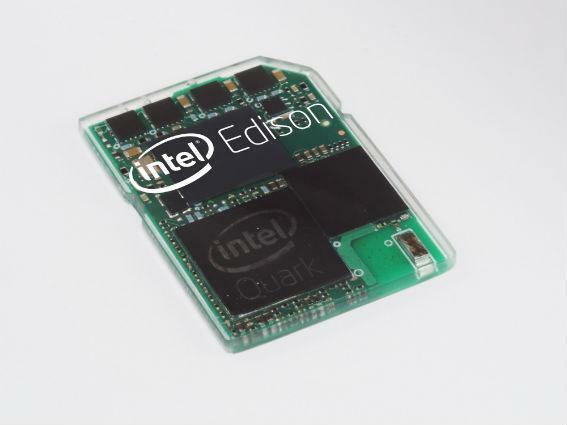
As with wearables, it’s clear connected home kit is still in its infancy. There are too many competing standards, there’s no unified security solution, and there are a whole lot of slightly dumb ‘smart’ gadgets that just seem to complicate life (and take up valuable router resources).
But CES was full of green shoots. Intel’s Edison – a computer the size of an SD card – could be the development tool to sharpen thinking on the Internet of Things, providing a single platform on which many interoperable and genuinely smart gadgets are built. Qualcomm’s AllJoyn will help existing connected gadgets talk to one another, while Livio Connect is a platform to allow apps to communicate with hardware devices like car radios. Livio has just been acquired by Ford, suggesting it’s poised for big things in the near future.
Read more of Stuff’s CES coverage:
